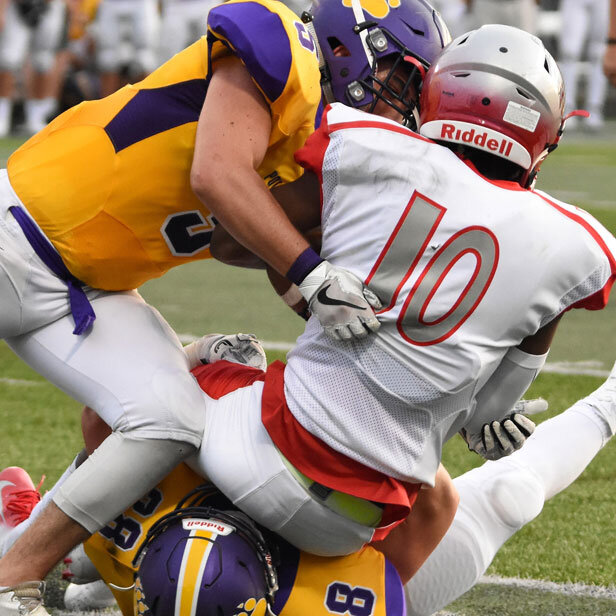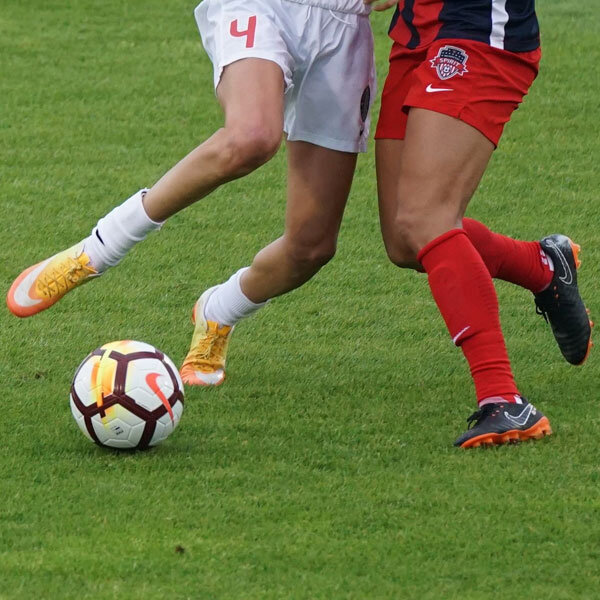What is the posterior cruciate ligament?
The posterior cruciate ligament, or PCL, is one of the four major ligaments that helps hold together the bones of the knee. The anterior cruciate ligament, or ACL, is better known, partly because ACL injuries are far more common than PCL injuries. But PCL injuries generally cause less disability and instability of the knee than ACL tears do. The PCL prevents the tibia (shinbone) from sliding backwards in relation to the femur (thigh bone). The PCL is Injured 1/10th to 1/20th as commonly as the ACL.
What causes a PCL tear?
The PCL is very strong, but a powerful force can rupture the PCL. The most common mechanism of injury is the so-called "dashboard injury". When the knee is bent and an object strikes the shinbone, causing it to be driven backwards, it can cause a PCL tear. This type of PCL injury is seen in motor vehicle accidents or motorcycle injuries. In sports, a PCL tear can occur from falling directly onto a bent or flexed knee. Another mechanism of injury is hyperflexion of the knee, with the foot pointed downwards. This position stresses the PCL, and if the force is strong enough, a PCL tear will result. Finally, the ligament can be injured with a hyperextension mechanism. This usually will result in several of the ligaments being injured. The PCL sprain may occur as an isolated injury or it can occur with other ligaments such as the ACL, with either of the side ligaments (MCL or LCL) or with a knee dislocation. Most of the time the ligament tears within its substance but occasionally it can pull a piece of bone off of the tibia.
What are the symptoms of a PCL tear?
Knee pain, swelling and decreased range of motion are common with PCL injuries. Acutely the pain may be referred to the back of the knee region and the patient may develop some bruising in the back of the upper lower leg region. In chronic settings the patient may present with knee cap pain which is commonly associated with a PCL deficient knee. Knee instability is also a potential symptom of a PCL tear, although not nearly as common as with an ACL injury, particularly if the PCL injury is associated with other ligament injuries. When patients experience knee instability as a result of a PCL tear, they feel like they can't "trust" their knee, or, under certain circumstances, feel like their knee is going to "give out".
How is a PCL tear diagnosed?
An important piece of information in making the diagnosis of a PCL tear is knowing the "mechanism of injury", in other words, how the injury happened. In the case of a motor vehicle accident, knowing that your knee struck the dashboard gives Dr. McAllister reason to be suspicious of a PCL injury. In sports, knowing that you fell to the ground directly on a bent knee also raises suspicion for a PCL tear. Clinically, there are several manual tests Dr. McAllister can perform to make the diagnosis. These tests can demonstrate that the shinbone slides too far "backwards" in relation to the thigh bone, consistent with a PCL injury. X-rays are usually recommended and an MRI (magnetic resonance imaging) can be used to confirm the diagnosis as well to assess damage to other associated structures.
What is the treatment for a PCL tear?
Treatment of PCL tears is controversial, unlike the treatment for ACL injuries; there is no consensus on an optimal treatment strategy. One study observed that on any given year 2% of incoming college senior football players who are being evaluated at the NFL draft combine are PCL deficient and most were unaware of their injury. Another study demonstrated that athletes who were PCL deficient were able to function at a high activity level provided they maintained excellent thigh (quadriceps) strength. Recently the prestigious Herodicus sports medicine society was surveyed and it was concluded that the majority of knee ligament surgeons treated most isolated PCL injuries in a nonsurgical fashion. On the other hand, surgery was recommended if there were other associated ligament injuries, the patients were having symptoms of pain or instability, or if on physical examination the knee was markedly "loose". Recommendations for treatment may vary dependent upon the amount of movement or translation on PCL examination and the amount of damage (if any) to the other ligamentous structures in the knee. Dr. McAllister is more likely to recommend surgery if multiple ligaments are involved.
Many people who completely tear their PCL can get back to activities of daily living as well as sports with few or no symptoms, thus, never requiring surgical intervention. For those whose knee continues to be unstable or painful despite aggressive physical therapy, surgical treatment may be warranted. Generally, this consists of implanting a graft that will become your replacement PCL. There is wide array of graft choices available. Surgical reconstruction of the PCL is difficult due to the position of the PCL within the knee. Over the years, these grafts have been notorious for stretching out, resulting, again, in an unstable knee. However, current surgical techniques have improved dramatically. Usually, 9-12 months of physical therapy are required postoperatively before you can return to sports. In summary, surgical PCL reconstruction is reserved for patients who have had a major knee injury involving several ligaments or for those with an isolated injury who cannot participate in their desired activities due to chronic knee pain or instability.







